Norwegian B737 suffers runway overrun in Molde, close call with sea edge: video
Aerotime
DECEMBER 20, 2024
According to the Aviation Herald, the top of descent and initial approach phases were uneventful and routine with the aircraft beginning its descent into Molde at 18:39. Weather conditions at the time were reported as good visibility but also gusty winds with snow and rain showers in the vicinity of the airfield.

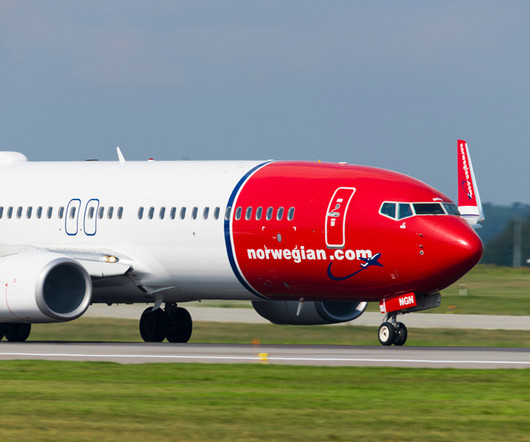
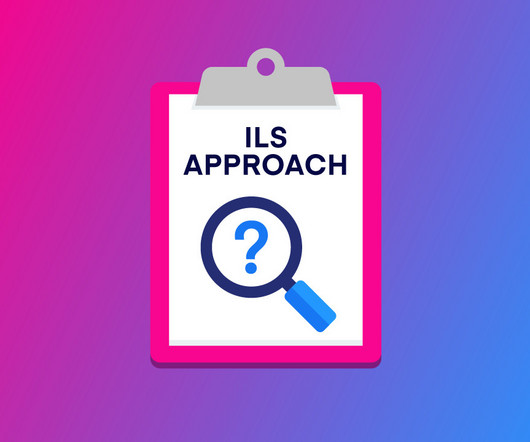
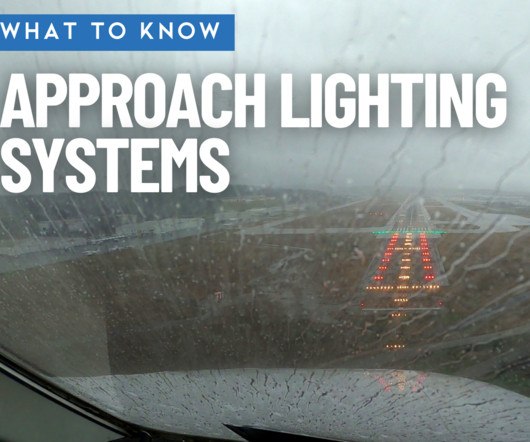









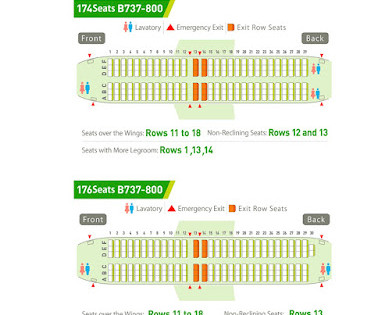
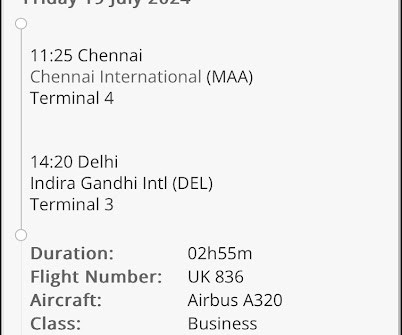
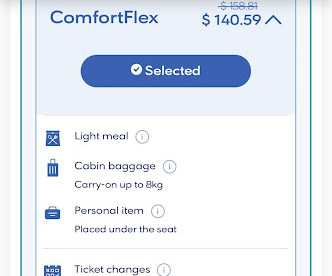

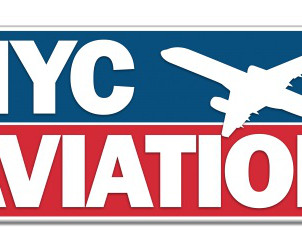
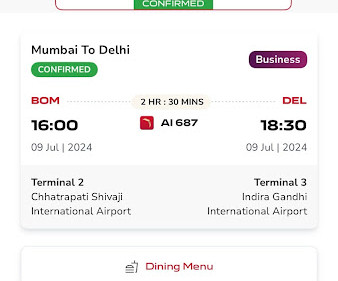






Let's personalize your content